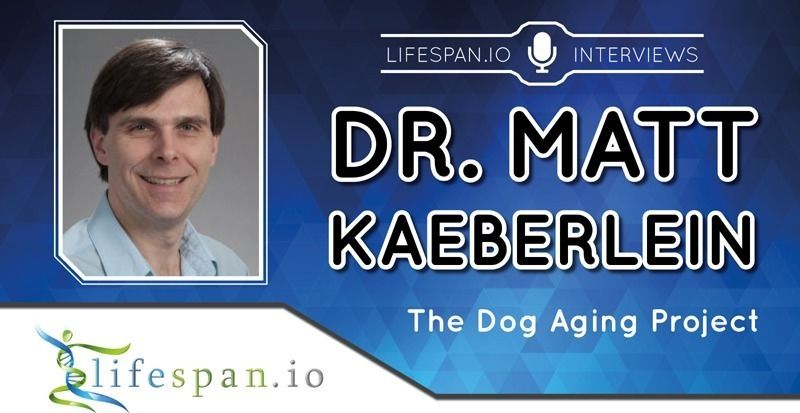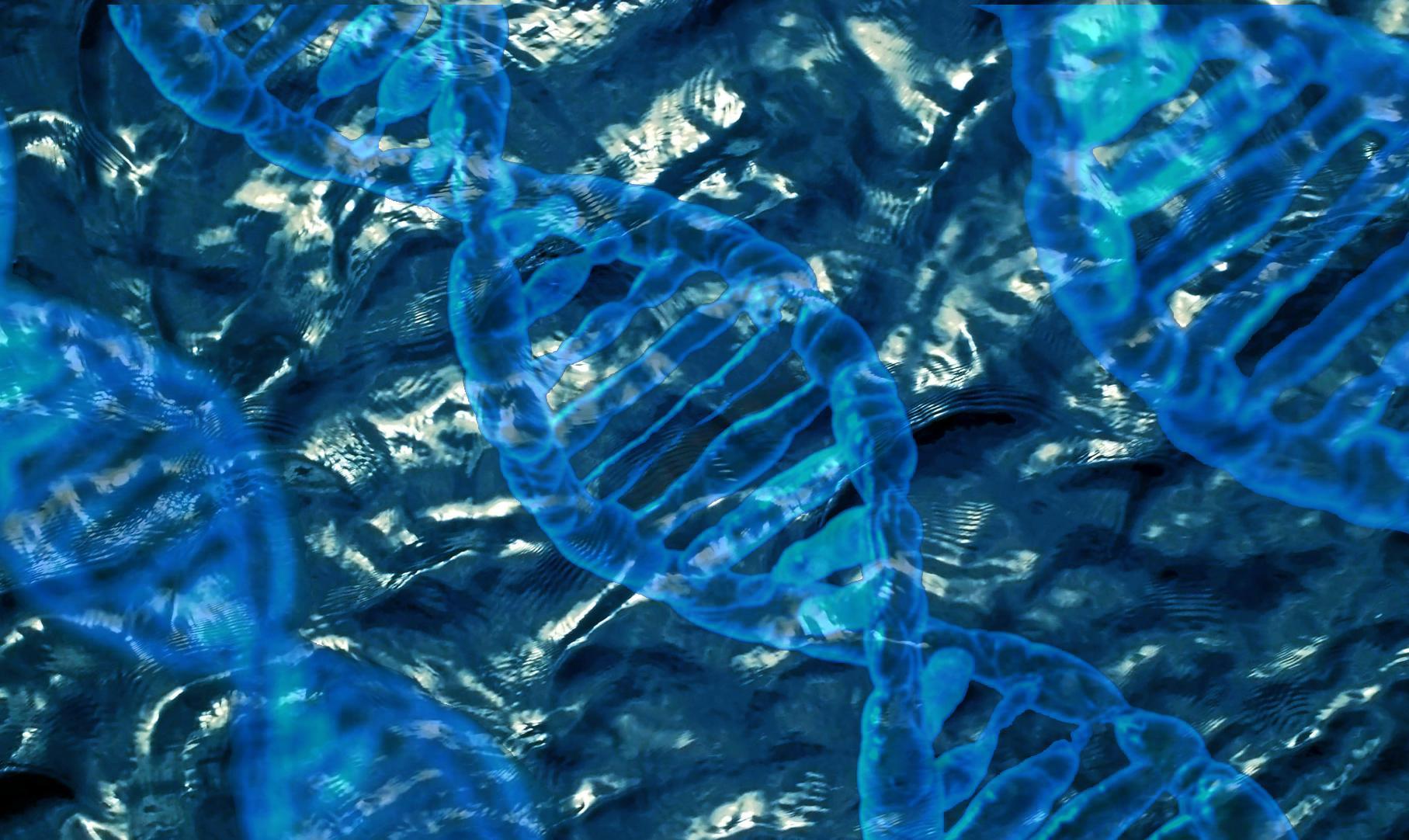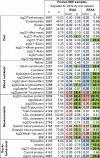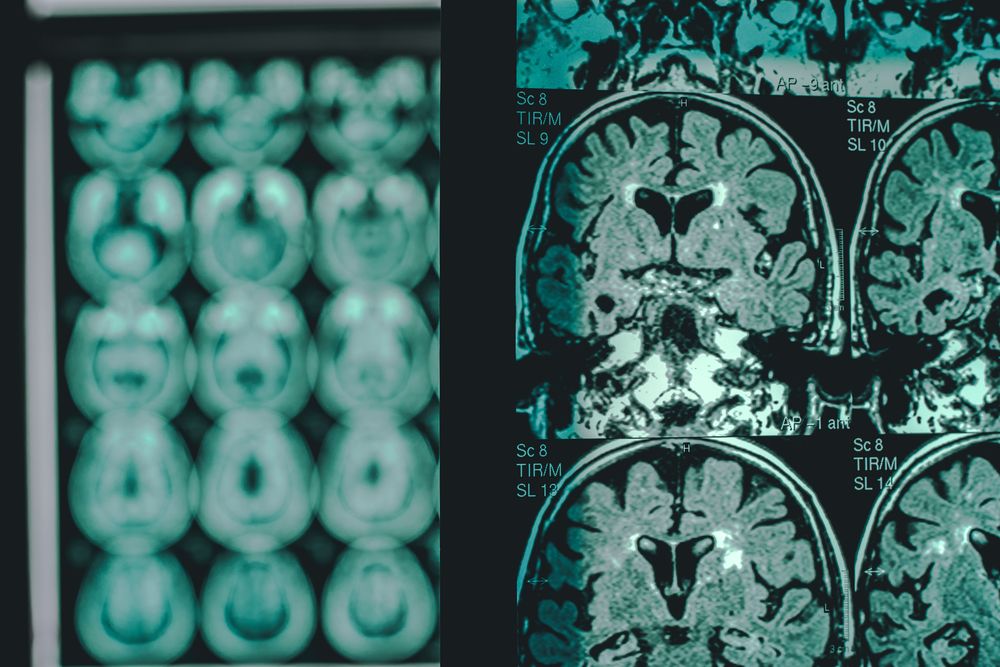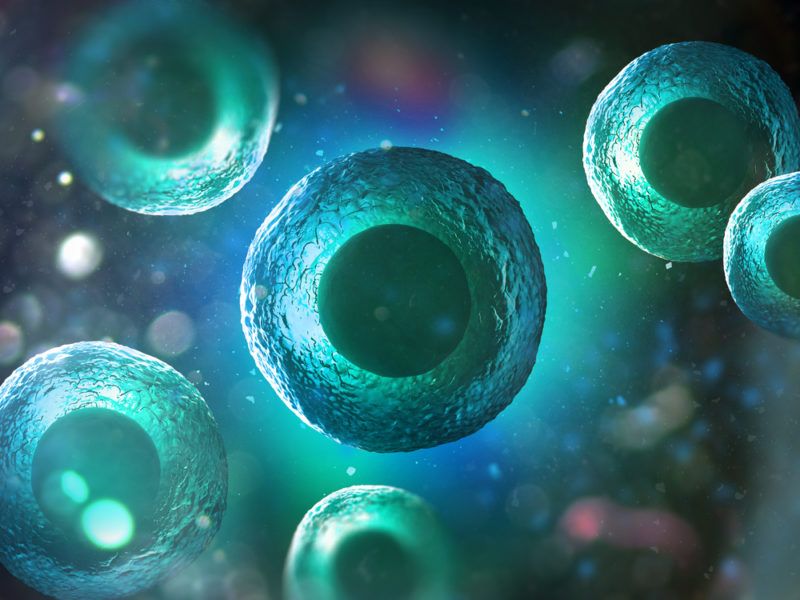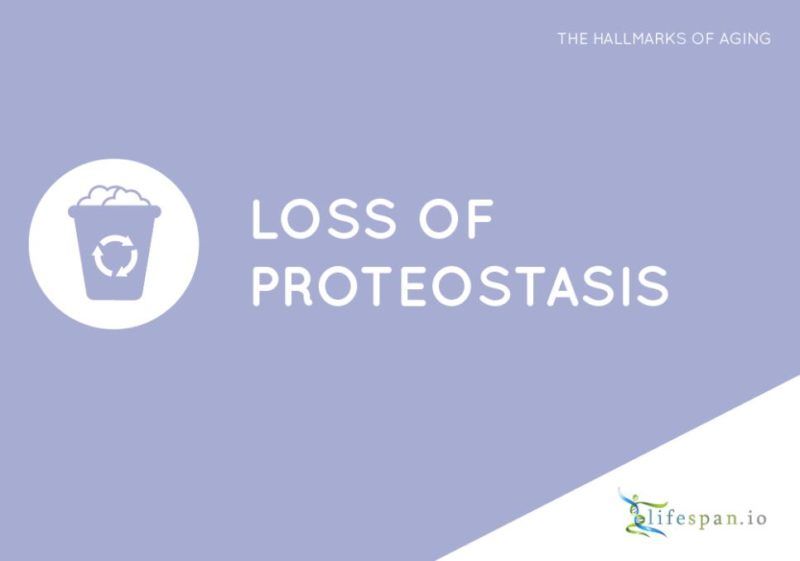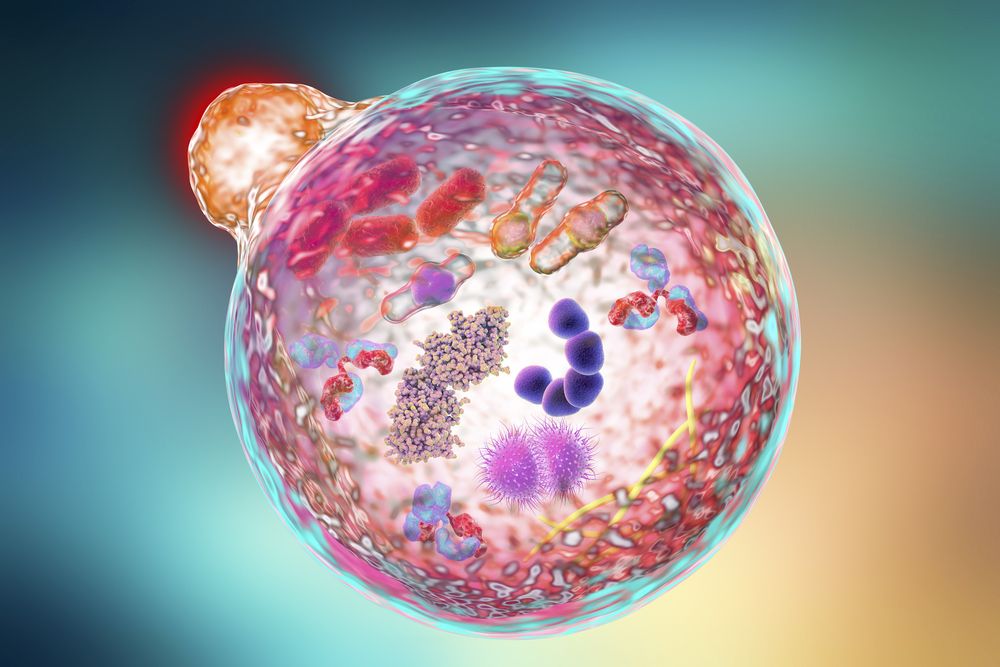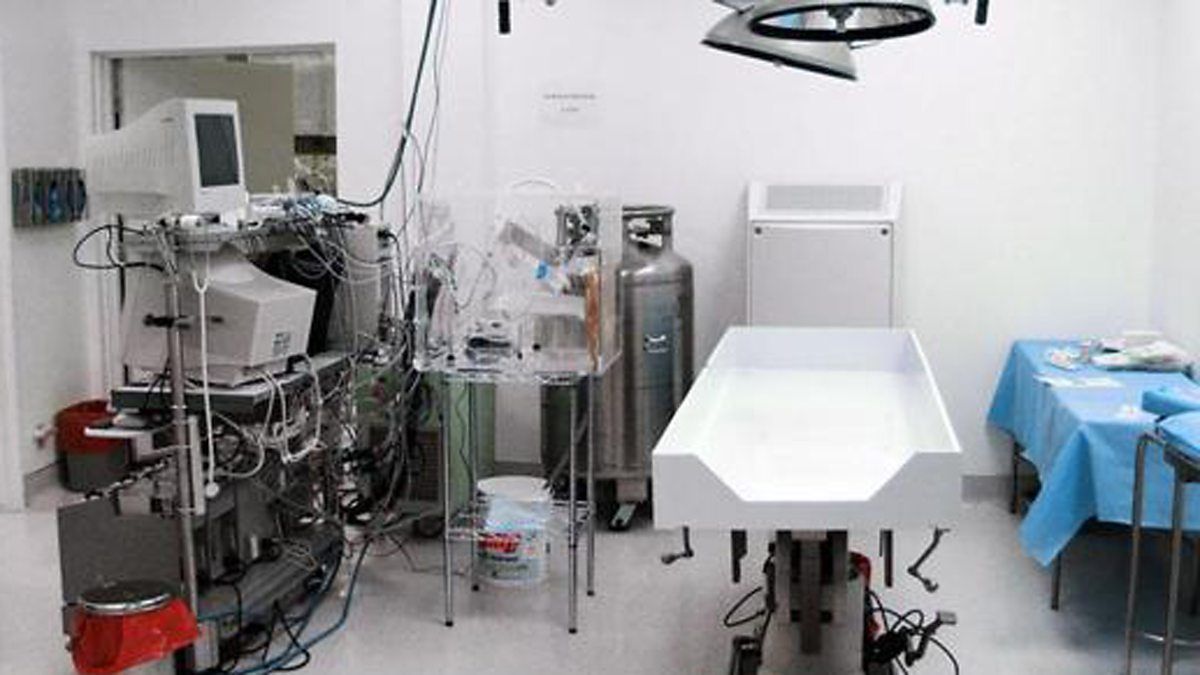An interesting interview with one of the Dog Aging Project’s lead scientists, Dr. Matt Kaeberlein.
As we discussed in a recent article about Prof. George Church’s new startup, endeavors to undo aging aren’t directed exclusively toward human aging; extending the healthy lifespan of our pet dogs and cats is also currently being researched. The Dog Aging Project (DAP) has been around quite a bit longer than Prof. Church’s startup, and today, we have the pleasure to bring you an interview with one of the lead scientists behind it, Dr. Matt Kaeberlein.
In much the same way that other projects are aiming to extend healthy human lifespan, the DAP team intends to do the same, targeting the aging processes directly. Given the rate of progress in geroscience over the past years, Dr. Kaeberlein and his team are optimistic that, in the near future, the interventions that have been shown to slow down aging in mice and rats could do the same in our furry companions.
Besides Dr. Kaeberlein—who is a Professor of Pathology and an Adjunct Professor of both Genome Sciences and Oral Health Sciences at the University of Washington in Seattle—the DAP team is comprised of Dr. Daniel Promislow, Professor of the Departments of Pathology and Biology at the University of Washington; Dr. Kate Crevy, Associate Professor of Small Animal Internal Medicine at Texas A&M University’s College of Veterinary Medicine; Dr. Tammi Kaeberlein, a research scientist at the Department of Pathology at the University of Washington; Dr. Silvan Urfer, a veterinarian and Senior Fellow of Washington University’s Department of Pathology; and Kelly Jin, a doctoral student currently pursuing a Ph.D. in Molecular Medicine and Mechanisms of Disease at the University of Washington.
